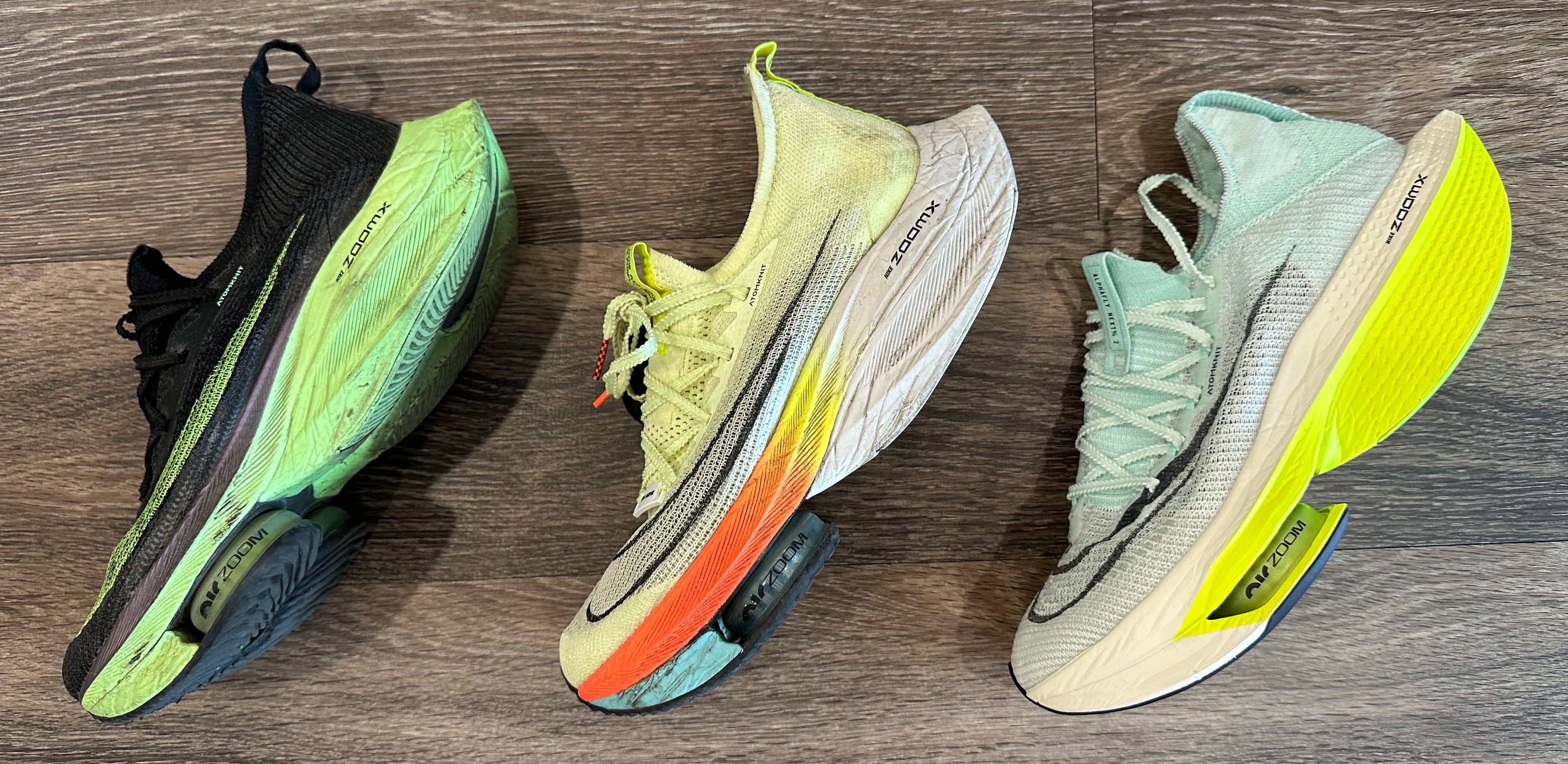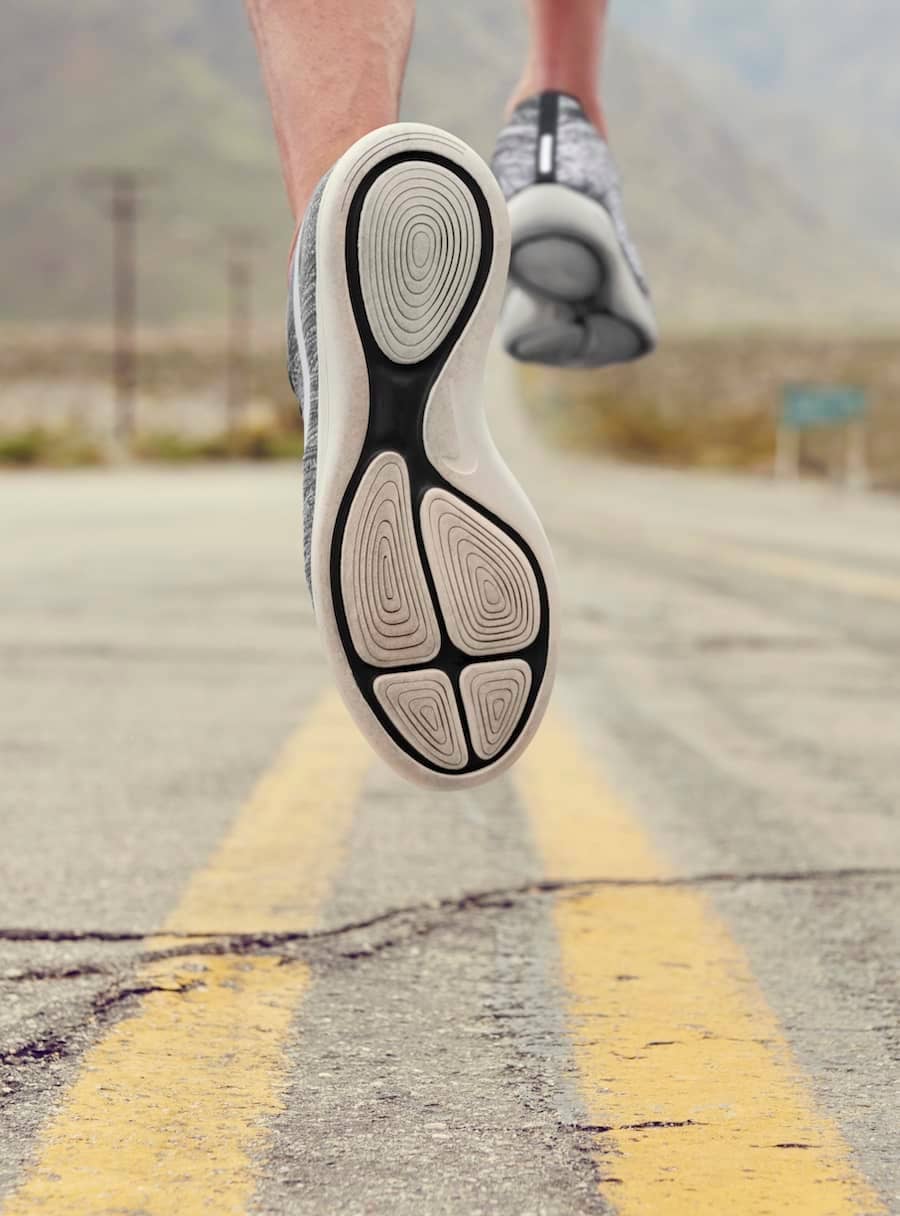As any dedicated runner knows, having the right shoes can make all the difference in achieving your running goals. However, many enthusiasts struggle with a crucial question: how many miles should you run before changing your running shoes? In this comprehensive guide, we’ll explore this topic thoroughly, providing tips, real-world experiences, and expert insights to ensure you’re getting the most out of your footwear. Let’s dive in!
The Importance of Running Shoes
Your running shoes are your closest allies on your fitness journey. They provide the necessary cushioning, support, and stability, preventing injuries and enhancing performance. But it’s not just about buying the latest model; it’s essential to recognize when your shoes have reached the end of their lifespan.
What Happens When You Keep Old Shoes?
Worn-out shoes can lead to various issues, from blisters and calluses to serious injuries like plantar fasciitis, shin splints, or knee pain. A review by the National Institutes of Health shows that wearing shoes past their prime can compromise your running form, directly affecting your performance and health.
How Many Miles Are in Your Running Shoes?
General Guidelines
Most experts suggest replacing running shoes after approximately 300 to 500 miles, but this varies depending on several factors, including your running style, terrain, shoe type, and body weight. Here’s a breakdown:
- Running Style: Heel strikers may wear down their shoes faster than midfoot or forefoot strikers.
- Terrain: Trail shoes typically have a shorter lifespan due to rugged surfaces wearing them down more quickly.
- Shoe Type: Stability shoes may last longer than neutral shoes, depending on the materials used.
- Body Weight: Heavier runners often place more stress on shoes, necessitating more frequent replacements.
Case Study: Jim’s Running Journey
Let’s look at Jim, a recreational runner. He typically runs about 25 miles a week on asphalt. After 6 months, Jim noticed his knees were starting to ache. Checking his mileage, he realized he had exceeded 400 miles on his shoes. After purchasing a new pair, Jim’s knee pain subsided, illustrating the importance of timely shoe replacement.

Recognizing Wear and Tear
Signs You Need New Shoes
It’s not always about mileage; sometimes, your shoes show clear signs that they need replacing. Here are some telltale signs:
- Uneven Wear: If the outsole shows uneven wear patterns, it may indicate that your shoes are no longer providing adequate support.
- Loss of Cushion: If you can feel the ground more than usual or if your shoes feel stiff, it may be time to replace them.
- Visible Damage: Look for cracks on the outsole and upper portions of the shoe. Torn fabric or broken laces are also indicators of needed replacement.
Wear Comparison Table
| Condition | Mileage | Recommended Action |
|---|---|---|
| Still functional with good cushioning | Under 300 miles | Continue use |
| Minor signs of wear | 300-500 miles | Monitor for discomfort |
| Severe damage or discomfort | Over 500 miles | Replace immediately |

Tips for Extending Shoe Life
Proper Care
While every shoe has a lifespan, proper care can significantly extend the life of your running shoes. Here are some tips:
- Rotate Your Shoes: Having multiple pairs can allow each pair to rest and recover between runs.
- Clean Regularly: Remove dirt and debris and allow them to air out after runs to prevent odors.
- Avoid Wet Conditions: If possible, try to keep your shoes dry. Wet shoes lose structure and cushioning faster.
Real-World Experiences: From the Community
Many runners share their experiences online, discussing when and why they replaced their shoes. For example, Sarah, a 10K runner, mentioned in a Runner’s World article that she lost a significant amount of speed and comfort with shoes that had reached 400 miles. Another runner, Mike, from a popular forum, advocated for replacing shoes every 300 miles, regardless of appearance, due to his experience with Achilles injuries.

Product Highlights: Best Running Shoes of 2023
Top Picks Based on Mileage
Here are some standout running shoes of 2023, known for their durability and performance:
- Brooks Ghost 14: Ideal for neutral runners, cushioning lasts up to 500 miles.
- Nike Air Zoom Pegasus 39: Popular due to its versatility, often recommended for 300-500 miles.
- Asics Gel-Kayano 29: Known for its stability, perfect for overpronators with a lifespan of 400 miles.
Pros and Cons of Running Shoe Replacement
Pros
- Improved comfort and performance
- Decreased risk of injury
- Enhanced support and stability

Cons
- Cost of new shoes can add up quickly
- Adjustment period when breaking in new shoes
- Decision fatigue from choosing the right pair
FAQs
1. How many miles can I realistically run in my shoes?
While the general guideline is 300-500 miles, it varies based on factors like shoe type and personal running characteristics.

2. Can I tell just by looking if my shoes are worn out?
Visual signs include worn-out tread, tears, or a decrease in cushioning but it’s often best to keep track of mileage as well.
3. How should running shoes fit?
Running shoes should feel snug but comfortable, with about a thumb’s width of space in front of your toes.

4. Do different terrains affect shoe longevity?
Absolutely! Trail shoes generally wear faster due to the rough terrain compared to road shoes.
5. Is it necessary to replace running shoes even if they look new?
Yes, internal cushioning can degrade over time, even if the exterior looks fine. Mileage is a key factor.

6. What are signs of foot fatigue from worn shoes?
Common signs include discomfort, blisters, numbness, or pain in the arches or heels.
7. Should I consider my running frequency when replacing shoes?
Definitely! More frequent runners should monitor their shoes more closely than those running occasionally.
8. What if I only run occasionally?
If you’re a casual runner, you might extend the life of your shoes, but be mindful of any discomfort or wear signs.
9. Can I use old running shoes for other activities?
Yes, but be mindful that they may not offer the same support and stability for other athletic activities.
10. What’s the best way to track shoe mileage?
Apps like Strava or Nike Run Club allow you to log your runs and keep track of your shoe mileage effectively.
11. How often should I inspect my shoes?
It’s a good habit to inspect your shoes at least every month or after every long run.
Final Thoughts
Knowing how many miles to run before changing your shoes is essential for any runner aiming for peak performance and injury prevention. By staying aware of your shoes’ condition and recognizing the signs of wear, you can extend their lifespan while ensuring your comfort and safety on the road. Remember, investing in your running gear is just as important as investing in your training!